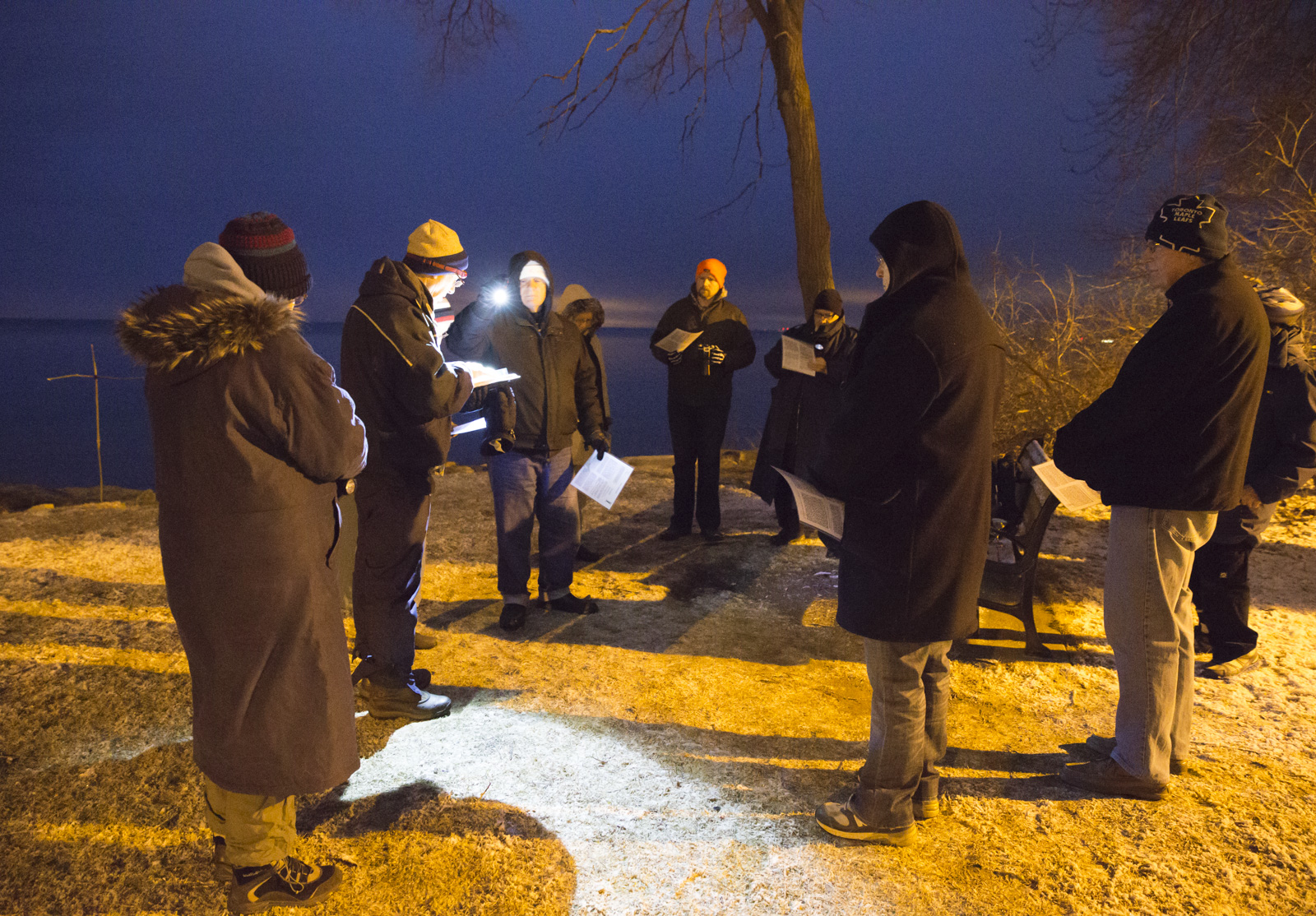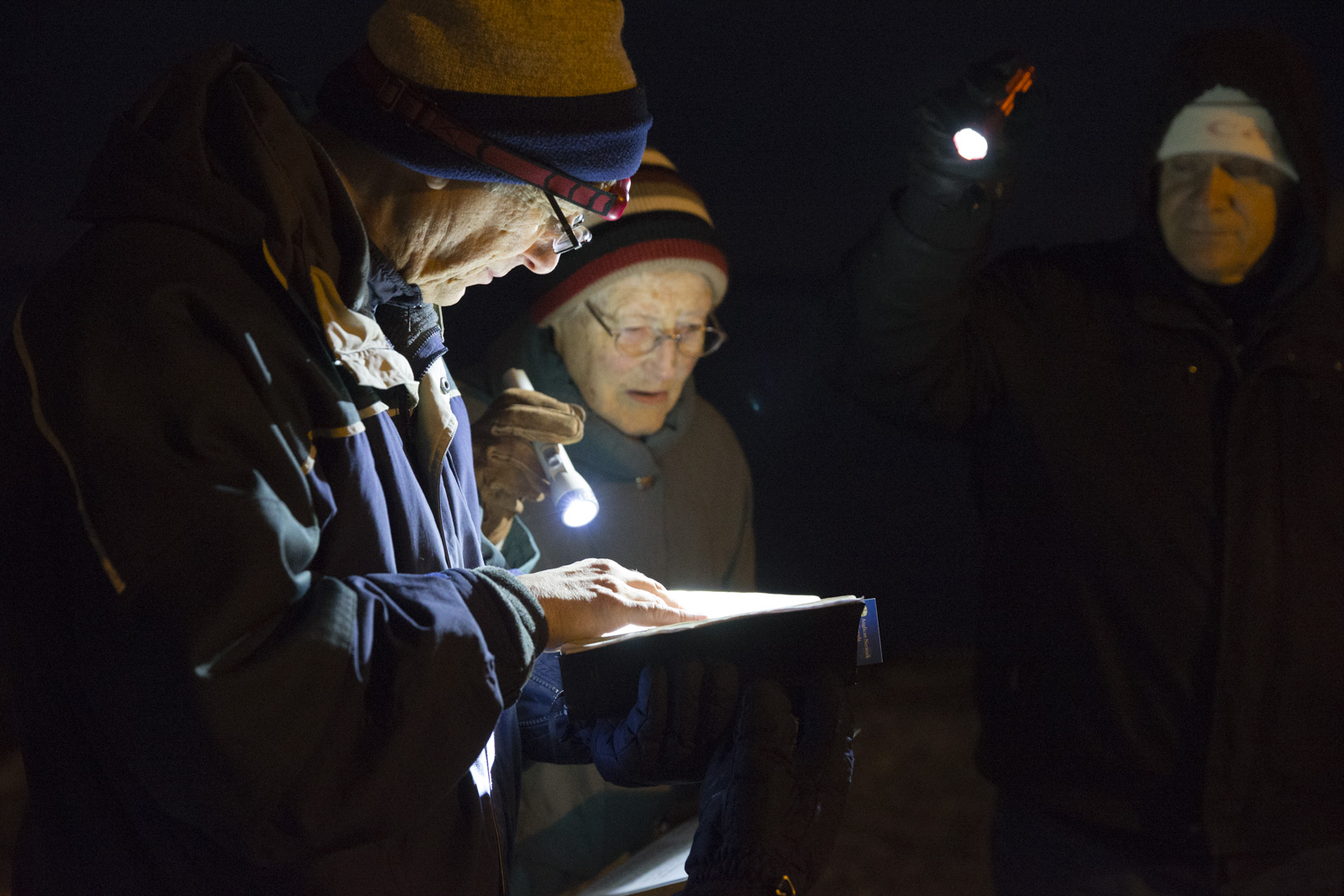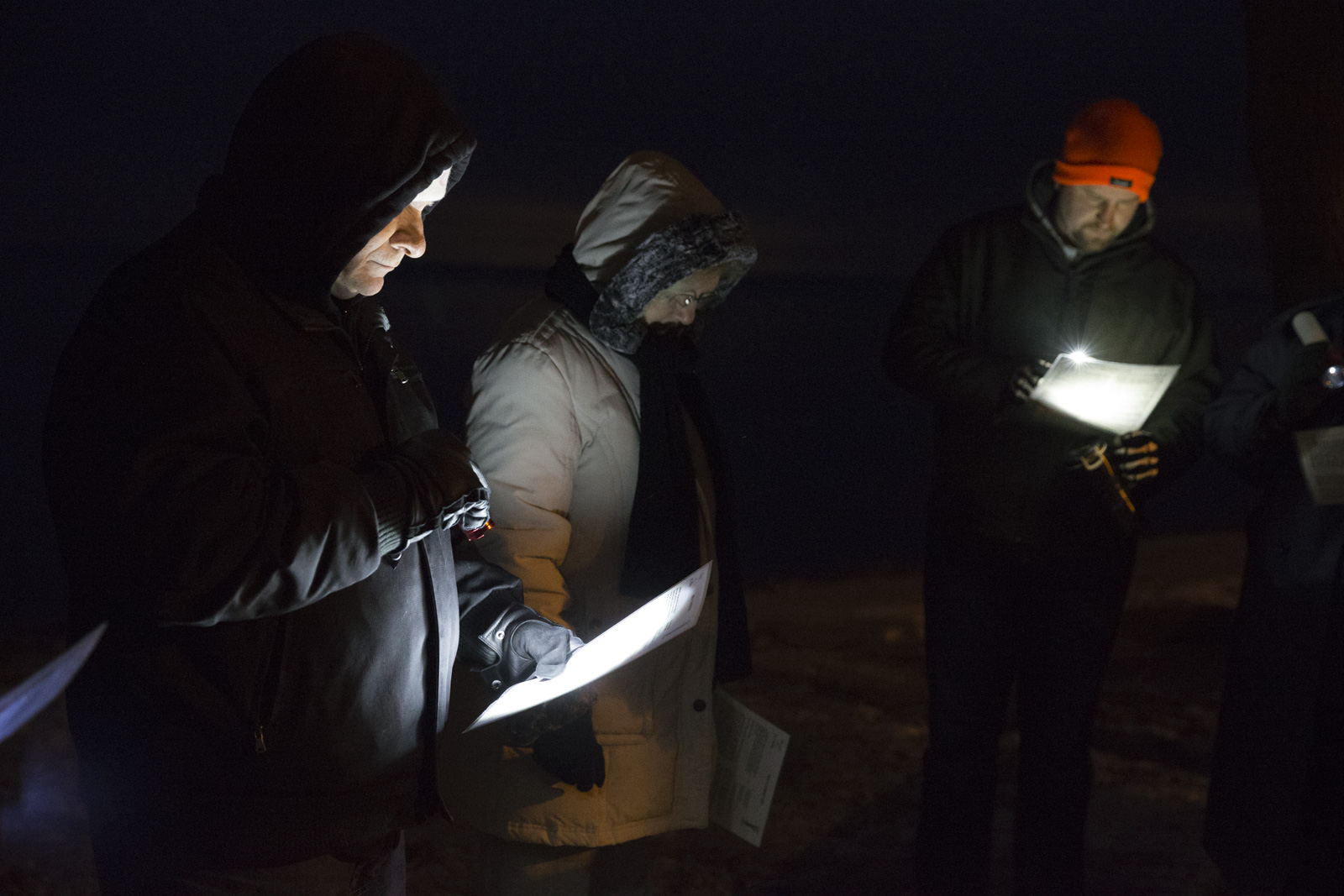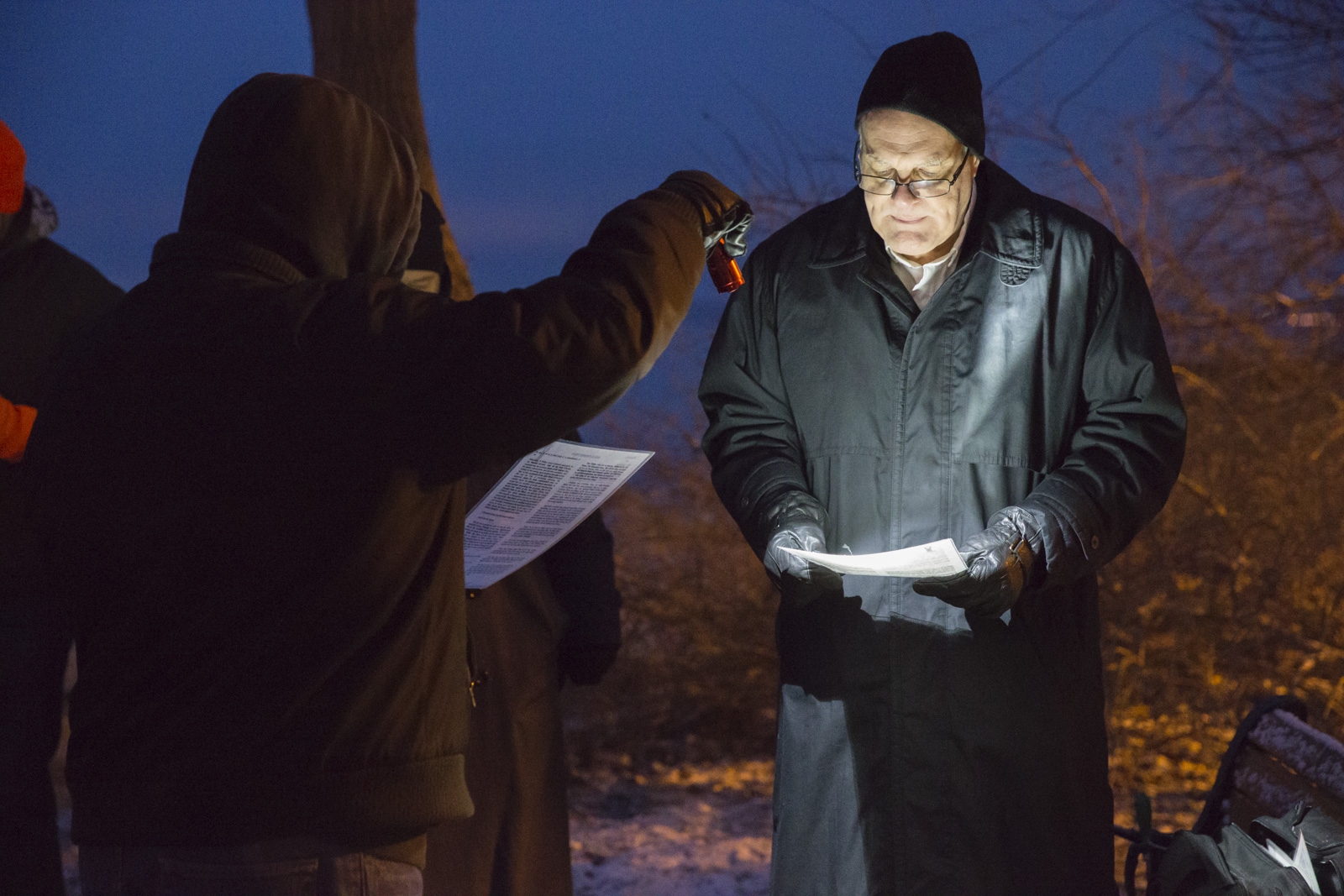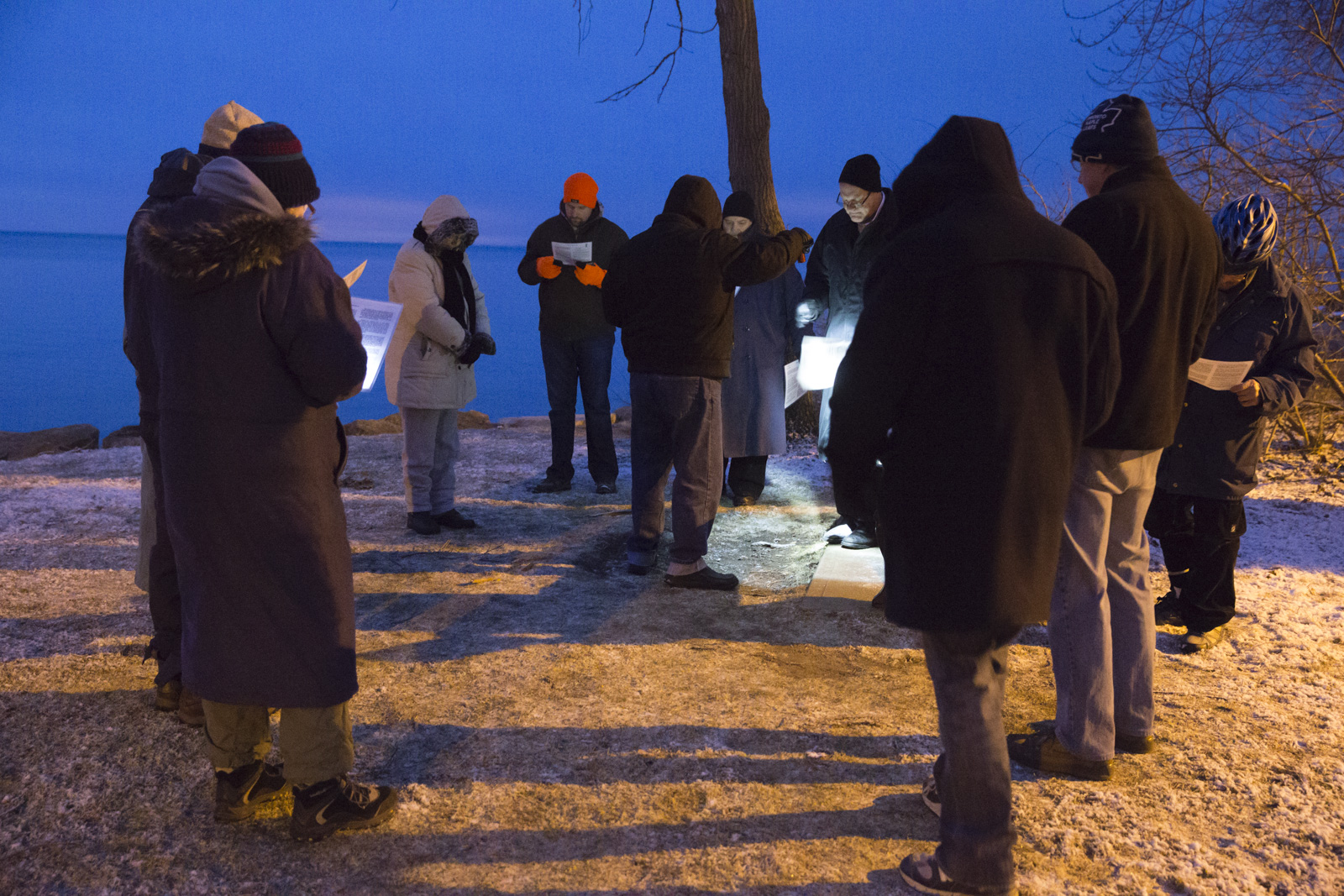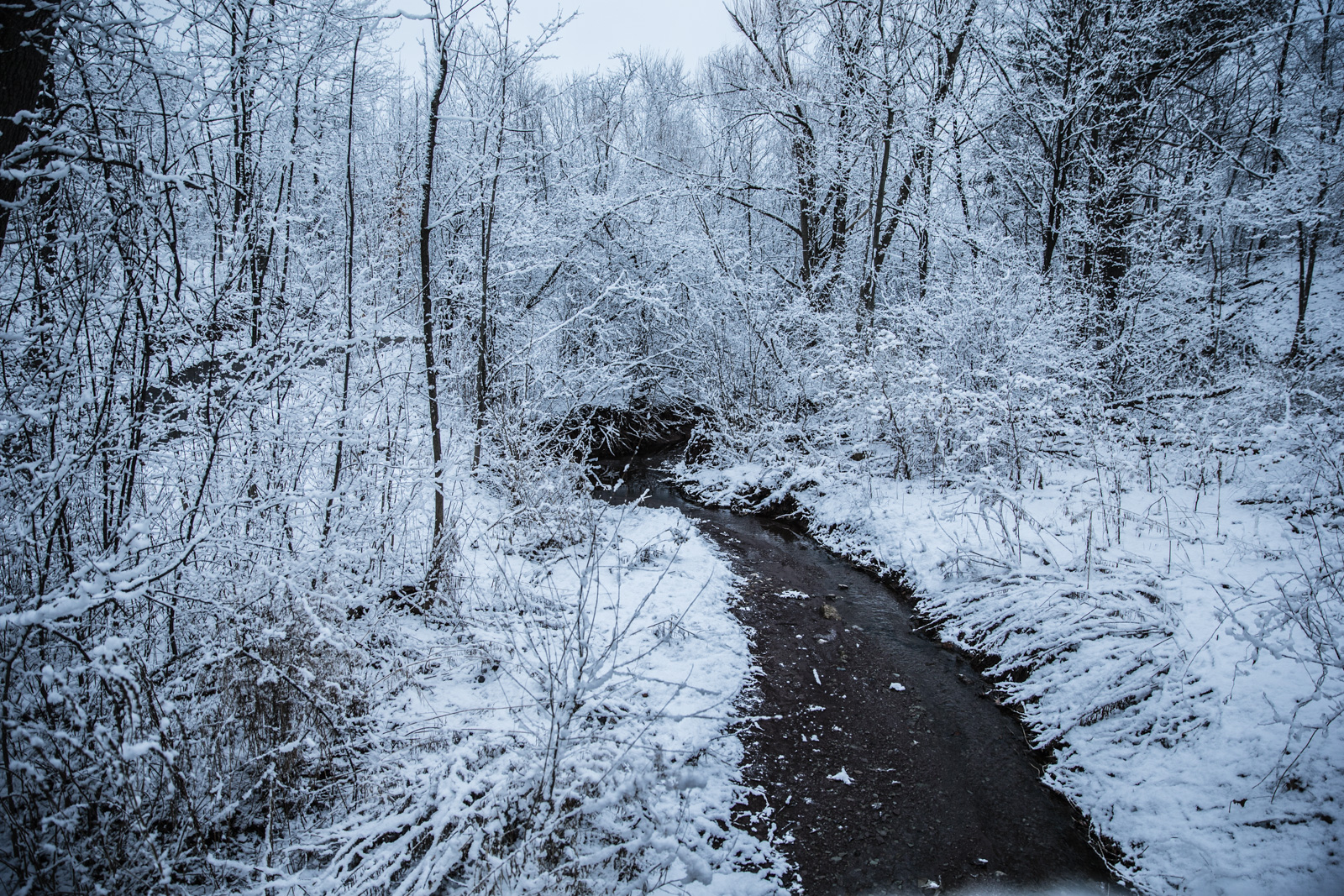Christmas and Easter bring out the worst in Anglican Church of Canada clergy.
The rest of the year they content themselves by waxing eloquent on the evils of climate change, women’s reproductive rights, using correct pronouns, diversity, inclusion and non-binary gender categories.
The major Christian festivals call for major absurdities.
Thus, we have Rev. Michael Coren, currently employed by the Diocese of Niagara a bastion of deranged theology, advising Christians to see the 1979 film The Life of Brian for their Easter edification.
From here:
There’s one film that I highly recommend to anybody who wants to learn something about Easter. I refer to Monty Python’s “Life of Brian.” Confusion, extremism, religious pedantry, failure to grasp the message and laughter. Humour is big in the Gospels, if only people would understand it. Don’t, whatever you do, opt for Mel Gibson’s “The Passion of the Christ.” It’s more medieval caricature than ancient reality.
In case you haven’t seen it, The Life of Brian is a satire on Christianity, Christians, the church and Jesus. The Monty Python crew denied that it satirized Jesus, but it did.
I have nothing against satire directed at Christians – we do some odd things on occasion – but why would a clergyman point to a parody of his alleged beliefs to convince others of their truth?
When, I wonder, will we see a Monty Python film satirizing the life of Mohamed?


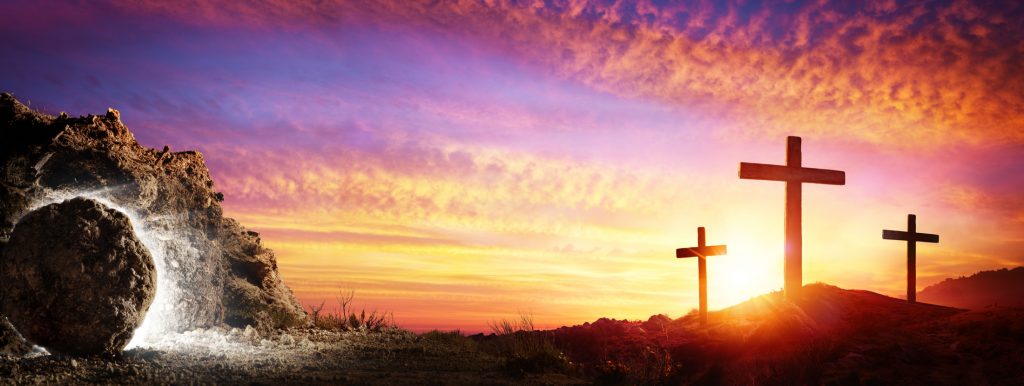 Confusion about the resurrection continues to this day. I think that many of the original chronicles were essentially myths created by the first believers to help them make sense of events beyond human explanation. Their uncertainty is probably best summed up in a comment by one of the men at dinner in Emmaus—“We had hoped,” he said, “that he might have been the one who would redeem Israel.” But at this point, obviously, that hope was fragile.
Confusion about the resurrection continues to this day. I think that many of the original chronicles were essentially myths created by the first believers to help them make sense of events beyond human explanation. Their uncertainty is probably best summed up in a comment by one of the men at dinner in Emmaus—“We had hoped,” he said, “that he might have been the one who would redeem Israel.” But at this point, obviously, that hope was fragile.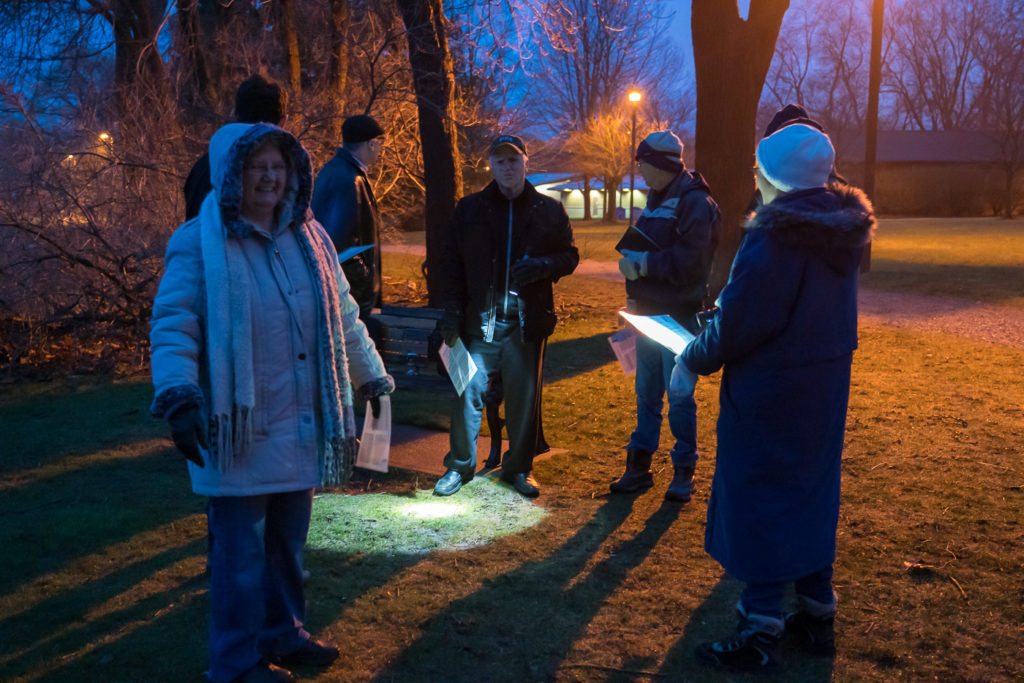
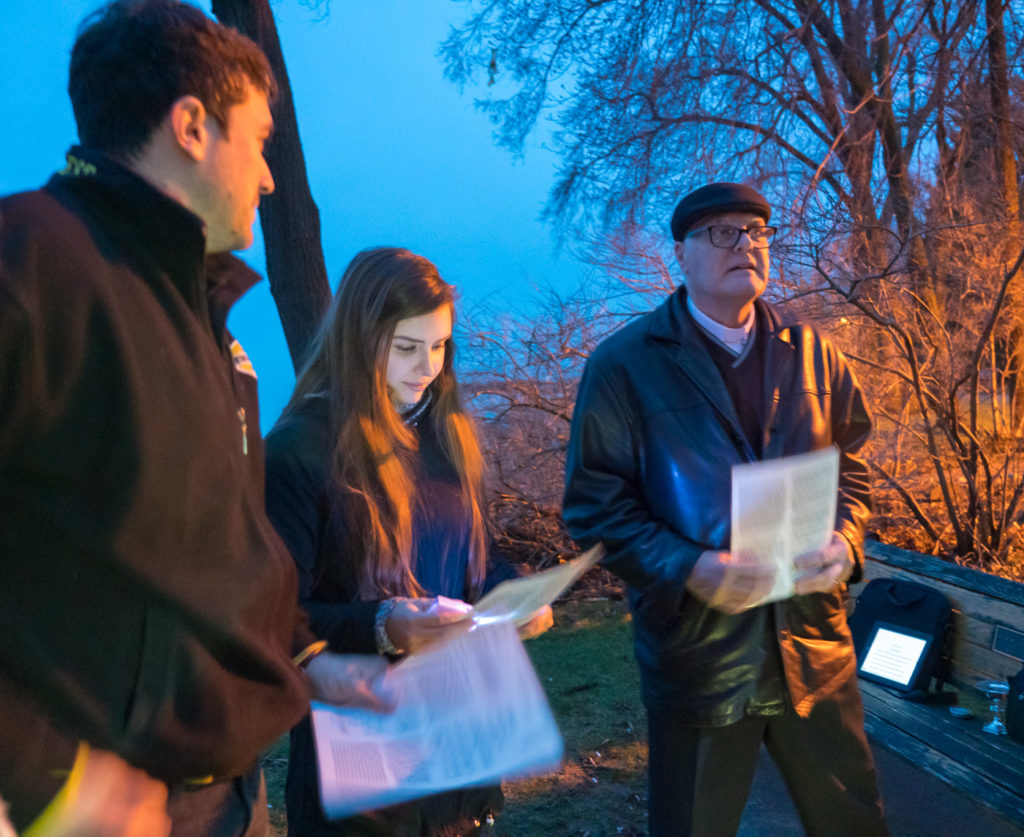
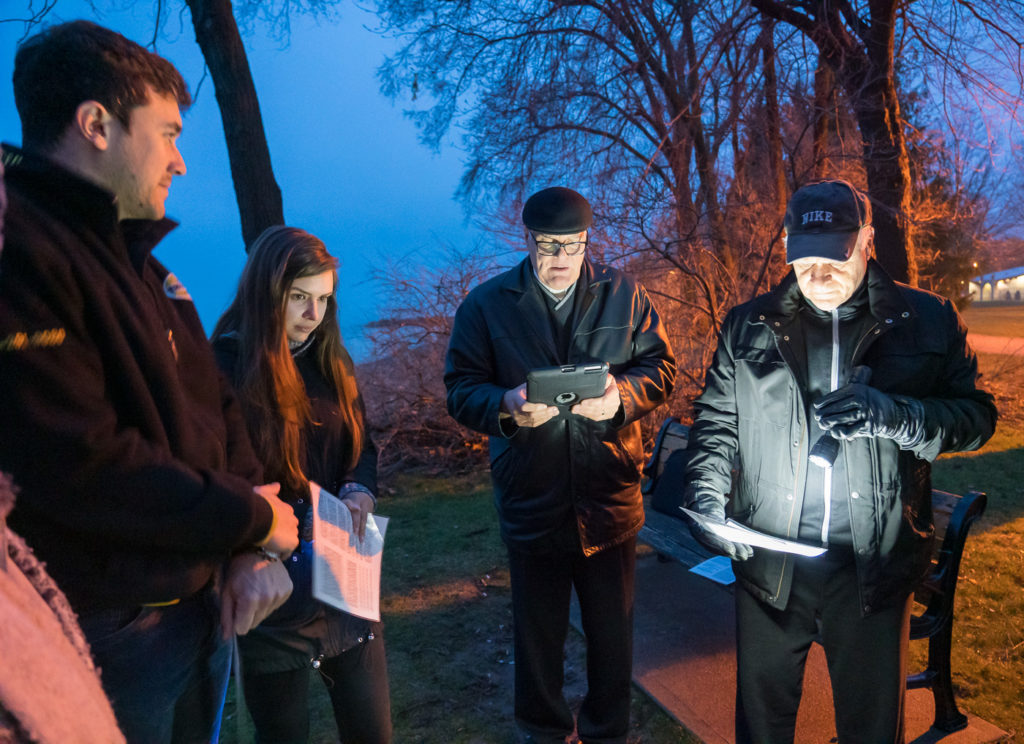
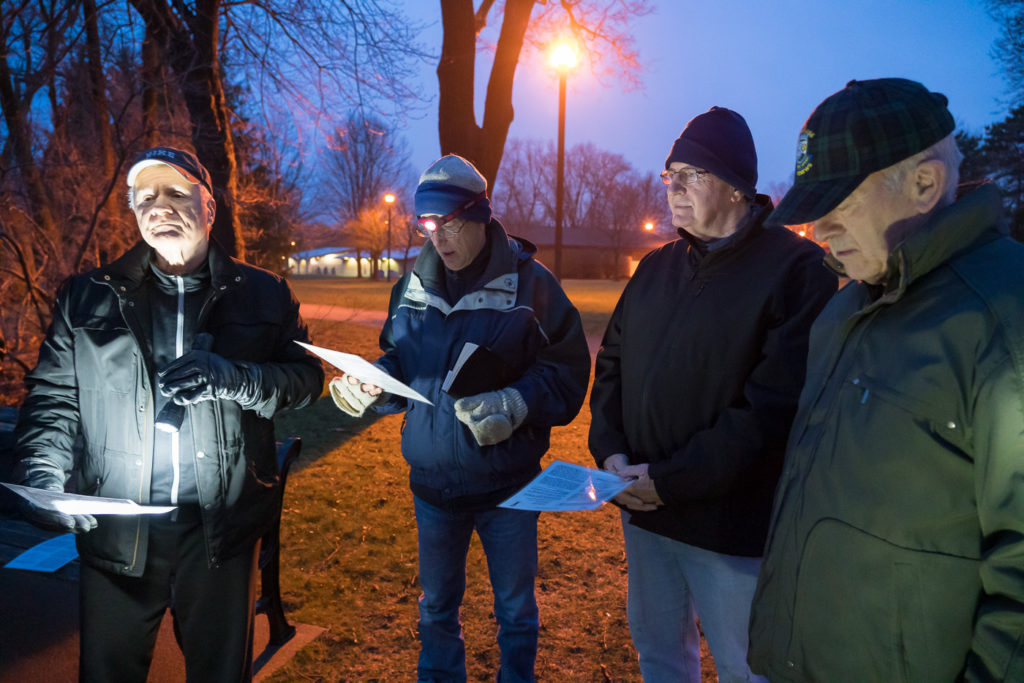
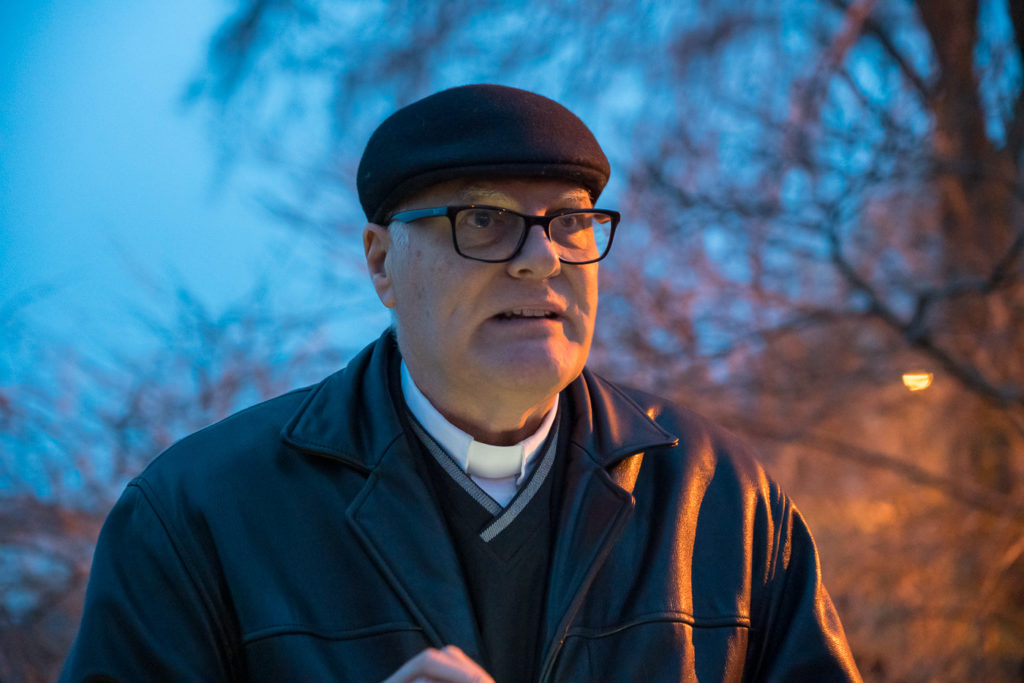
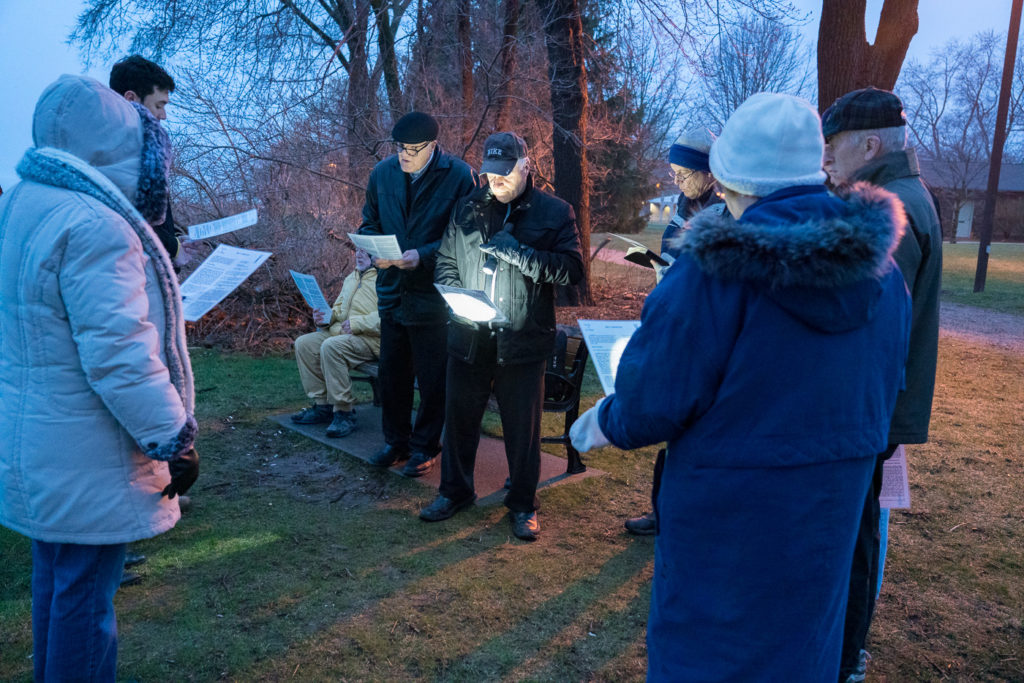
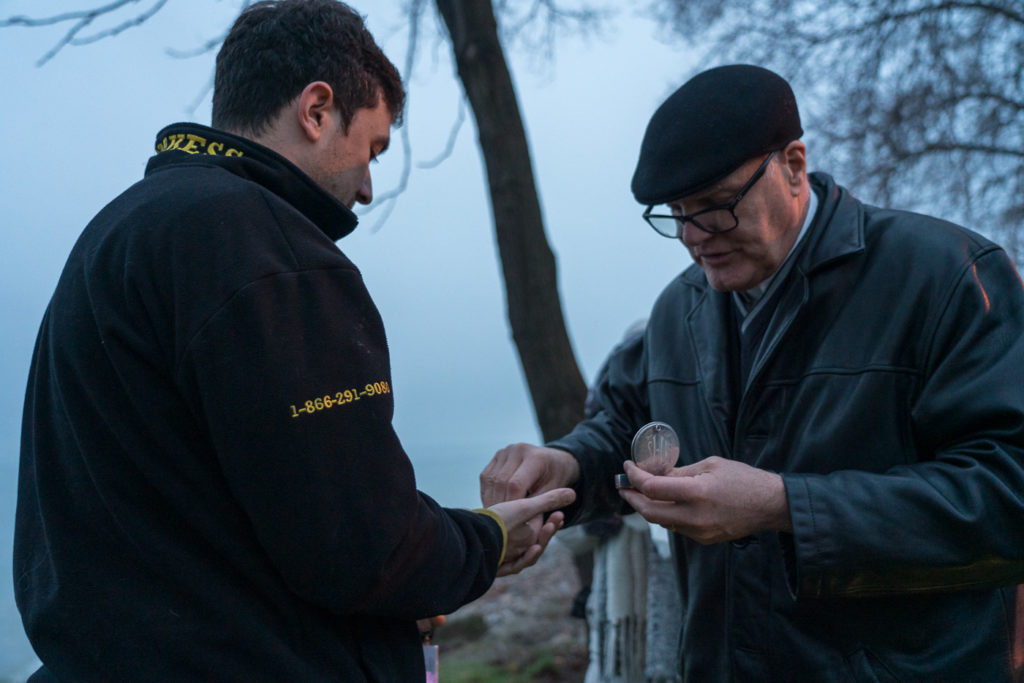


 As I write this, snow is on the ground covering the many crocuses and snowdrops that were just popping up last week to remind us that spring is indeed on the way. Also as I write this, almost two weeks have passed since the deadly shooting at a school in Florida in which young people and teachers lost their lives.
As I write this, snow is on the ground covering the many crocuses and snowdrops that were just popping up last week to remind us that spring is indeed on the way. Also as I write this, almost two weeks have passed since the deadly shooting at a school in Florida in which young people and teachers lost their lives.